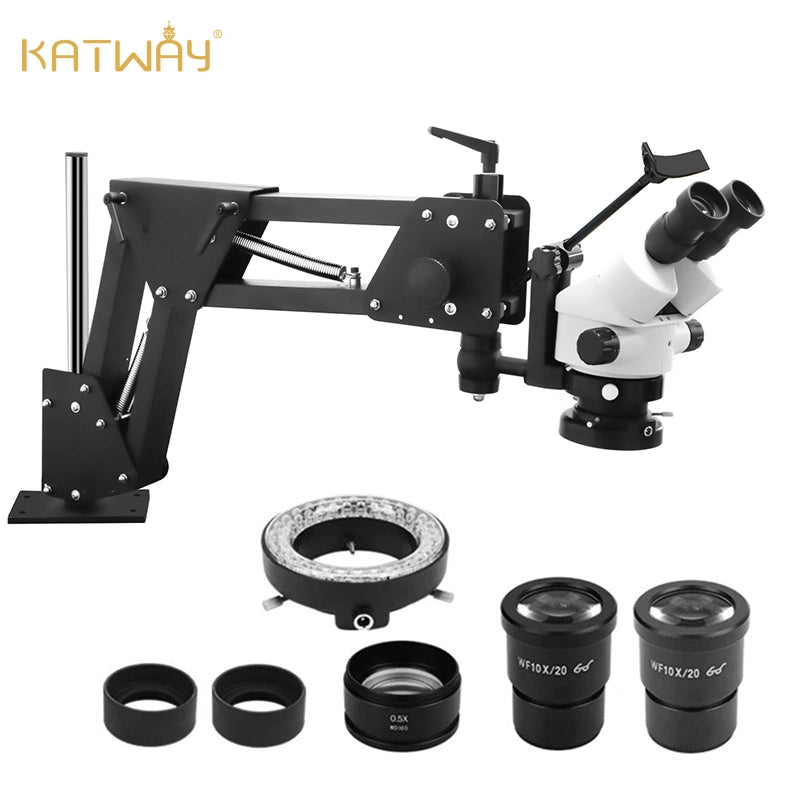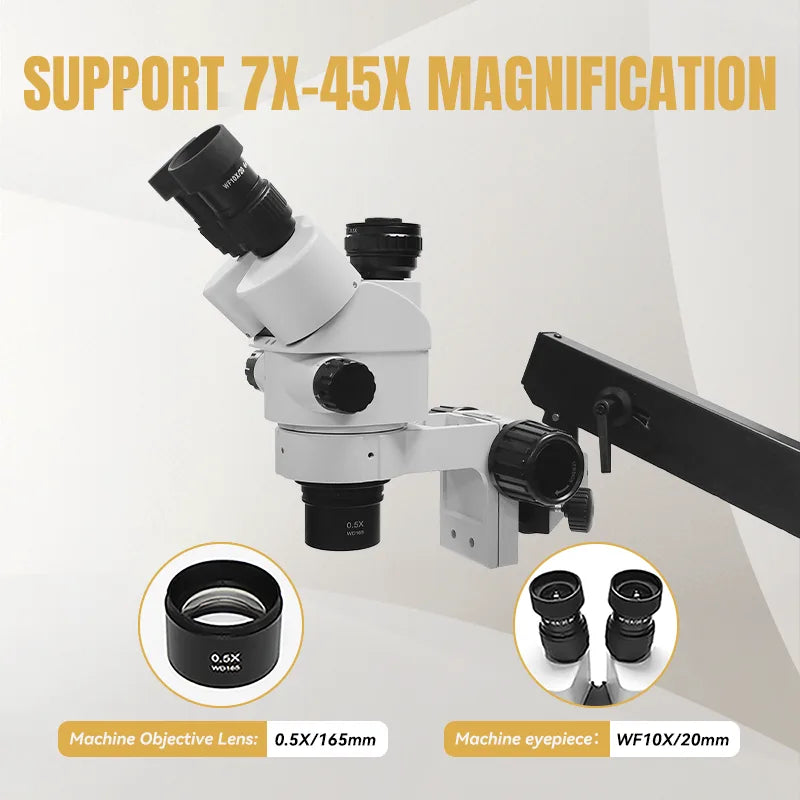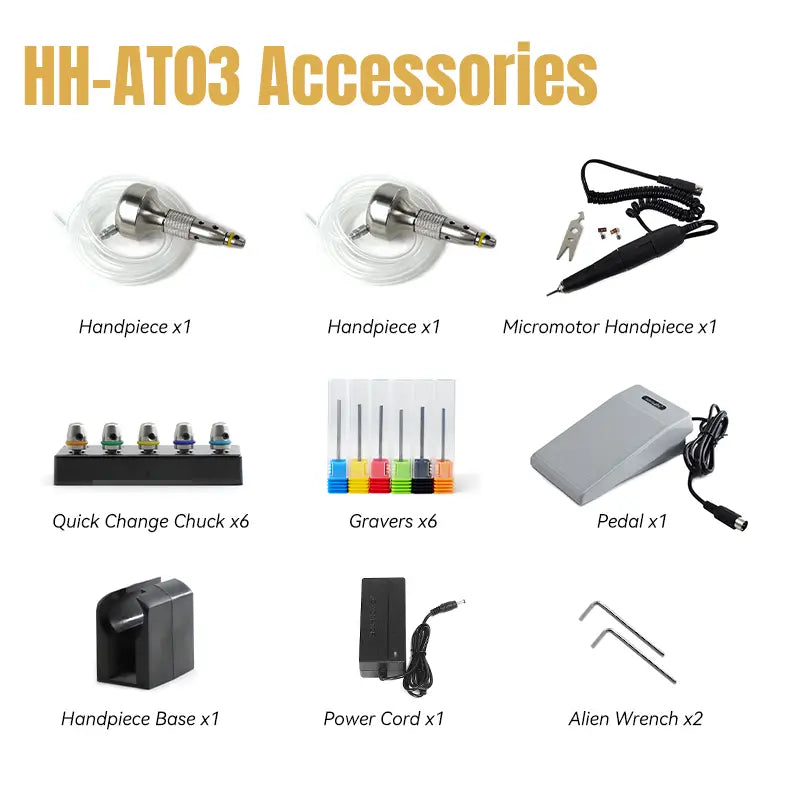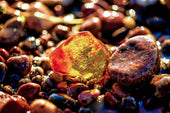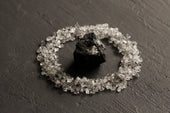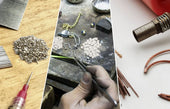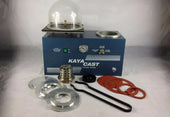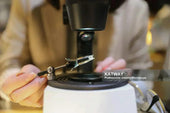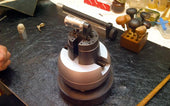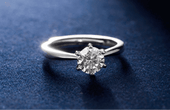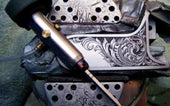Ultrasonic vs. Steam Jewelry Cleaner: Which is Better?
Even the most dazzling jewelry will lose its luster over time. That’s where modern jewelry cleaning equipment comes in handy. Today, two of the most popular at-home cleaning tools are ultrasonic jewelry cleaners and steam jewelry cleaners. They both claim to make your jewelry look brand new, but how do they actually work? What are the differences, advantages, and limitations between them? And more importantly, which one is better for your type of jewelry? In this article, we’ll take a deep dive into the science and practicality of both cleaners so you can make the best decision when investing in your first cleaner.
What Is an Ultrasonic Jewelry Cleaner?
An ultrasonic jewelry cleaner is a powerful device that uses high-frequency sound waves to remove dirt and oil from jewelry. Unlike traditional cleaning methods that rely on brushing or scrubbing, ultrasonic cleaners are more efficient and thorough, gently and effectively removing dirt, even in hard-to-reach areas.
This cleaning method is becoming increasingly popular with professional jewelers and home users because it can clean intricate jewelry without causing damage. It eliminates the need for harsh chemicals or manual scrubbing.

Principle of Ultrasonic Cleaner
An ultrasonic jewelry cleaner works based on a fascinating phenomenon called cavitation, using high-frequency sound waves—usually in the range of 40,000 Hz or more—to generate microscopic bubbles in a liquid (typically water with or without a mild detergent). When these bubbles rapidly form and collapse, they create tiny shockwaves that lift away dirt, grime, oil, and even microscopic particles from the surface of your jewelry.
How Does an Ultrasonic Jewelry Cleaner Work? Here’s a quick breakdown of the process:
1. Fill the tank with water and, optionally, a small amount of specialized cleaning solution.
2. Place your jewelry in the basket or directly in the water (ensuring it’s safe for ultrasonic cleaning).
3. Activate the cleaner, which sends sound waves through the liquid.
4. Wait 3–10 minutes, depending on how dirty the jewelry is.
5. Remove and rinse your jewelry, then gently dry it with a soft cloth.
Despite the intense-sounding process, ultrasonic cleaners are surprisingly gentle—on the right materials. But as we’ll explore shortly, not all jewelry types are suitable for this method.

Benefits of Ultrasonic Jewelry Cleaning
The advantages of ultrasonic cleaning over traditional manual cleaning are significant and are perfect for those who want a professional-grade cleaning service in the comfort of their own home.
Deep and Thorough Cleaning
Ultrasonic cleaners reach areas that cloths and brushes can’t, such as under gemstone settings, inside chains, or within intricate designs. The microscopic bubbles created during cavitation penetrate every tiny crevice, ensuring a much more complete clean than manual methods.
Gentle on Materials
Ultrasonic cleaning is non-abrasive, making it ideal for hard gemstones like diamonds, sapphires, and rubies, as well as precious metals like gold, platinum, and sterling silver. There’s no physical scrubbing, which reduces the risk of scratching or wearing down your jewelry over time.
Efficient
Most ultrasonic cleaning cycles take just 3 to 10 minutes, and the machine does all the work. It’s a completely hands-free process—just turn it on, walk away, and come back to gleaming jewelry.
Multi-Purpose Use
In addition to jewelry, ultrasonic cleaners can also be used for eyeglasses, watch bands, coins, dentures, razor heads, and other small metal or waterproof items. This makes the device a versatile investment for many households.
What Jewelry is Suitable for Ultrasonic Cleaning
Although ultrasonic jewelry cleaners are very effective for deep cleaning many types of jewelry, they are not suitable for all materials. The following are the types of jewelry that are suitable for ultrasonic cleaning:
Jewelry made from durable materials such as diamonds, sapphires, rubies, gold, platinum, and sterling silver is generally safe for ultrasonic cleaning. These stones and metals can handle the microscopic shockwaves created by cavitation without cracking or shifting. Engagement rings, simple wedding bands, and high-quality pieces with sturdy prong or bezel settings tend to respond particularly well to ultrasonic cleaning. It’s also an excellent choice for removing grime from chains, clasps, and the intricate crevices of filigree designs, where dirt and oils often accumulate.
What Is a Steam Jewelry Cleaner?
A steam jewelry cleaner is another powerful at-home cleaning tool designed to refresh and sanitize your jewelry using only high-pressure steam. Unlike ultrasonic cleaners, which rely on sound waves and bubbles to clean deep into crevices, steam cleaners use intense heat and pressurized moisture to blast away surface dirt, oils, and bacteria.
Many jewelers use steam cleaners in-store as a quick final polish after repairs or inspections, which speaks to their effectiveness. The process is also ideal for sanitizing jewelry, since the high heat kills most bacteria on contact.
Principle of Steam Jewelry Cleaner
A steam jewelry cleaner works by producing high-temperature, high-pressure steam to remove dirt, oil, and bacteria from the surface of your jewelry. The process is surprisingly simple but extremely effective.
The device typically consists of a water reservoir, a heating element, and a narrow nozzle. Once the machine is turned on, it heats the water to produce steam at temperatures often exceeding 200°F (93°C). When you press the activation button, a concentrated burst of hot steam is released through the nozzle. By carefully directing this steam at your jewelry, the force and heat combine to dislodge grime, melt away oils, and even sanitize the surface.
While steam jewelry cleaners don’t provide the deep-cleaning power of ultrasonic machines (especially when it comes to dirt trapped in tiny crevices), they’re unbeatable for surface-level shine restoration and fast sanitization.
Benefits of Steam Jewelry Cleaning
While it may not clean as deeply as ultrasonic machines, steam cleaning excels in surface restoration
Quick and Convenient
One of the biggest benefits of steam cleaning is speed. Most steam cleaners are ready to use within a few minutes, and each piece of jewelry can be cleaned in under 30 seconds. There’s no soaking, no scrubbing—just a quick burst of hot steam, and your jewelry regains its shine.
Chemical-Free Cleaning
Steam jewelry cleaners use only water—no detergents, solvents, or chemicals. This makes them eco-friendly and ideal for people with sensitive skin or concerns about using harsh products around valuable pieces. It’s a natural and safe way to clean without risking damage from unknown ingredients.
Excellent for Surface Oils and Grime
If your jewelry often looks dull due to fingerprints, lotion residue, or skin oils, steam cleaning is a game-changer. The high-pressure steam melts away greasy buildup almost instantly, especially on gold and diamonds, where oils are the main culprit behind lost luster.
Sanitizes as It Cleans
Thanks to its high temperature, steam doesn't just clean—it kills bacteria and germs that may be living on the surface of your jewelry. This makes it an excellent choice for earrings or rings that are worn daily and come into frequent contact with your skin.
What Types of Jewelry Are Safe for Steam Cleaning?
The intense heat and pressure can be beneficial for certain materials, but harmful to others. Jewelry made from diamonds, gold, and platinum is generally safe for steam cleaning. These materials are extremely durable and can easily withstand the temperature and force of pressurized steam. In fact, many professional jewelers rely on steam as a finishing step to remove oils, fingerprints, and residue from these pieces before presenting them to customers. Hard gemstones such as sapphires and rubies—as long as they are untreated—can also benefit from steam cleaning, returning to their original brilliance after just a few seconds of exposure.
In short, steam jewelry cleaners are highly effective for durable, modern pieces, especially those made from diamonds and solid metals. But for softer stones, treated gems, or vintage heirlooms, it's safer to choose a different cleaning method—or consult a jeweler first.
Which Jewelry Cleaner Is Better?
Both ultrasonic and steam jewelry cleaners are excellent tools for keeping your jewelry looking its best—but they serve different purposes.
If you need deep cleaning for intricate designs, prong settings, or built-up grime, an ultrasonic cleaner is ideal. It reaches hidden areas and removes dirt without scrubbing, making it perfect for diamond rings, gold chains, and everyday-worn pieces.
On the other hand, if you want a quick, chemical-free solution to restore surface shine and remove oils, a steam cleaner is faster and more convenient. It works especially well for gold and diamonds, giving them an instant sparkle while also sanitizing.
Still can’t decide? Many professionals use both methods together—ultrasonic for deep cleaning, followed by steam for polishing. If you’re serious about jewelry care, investing in both might be worth it.
In the end, the best jewelry cleaner depends on your needs, materials, and how often you wear your pieces. Choose wisely, and your jewelry will stay bright and beautiful for years to come.



